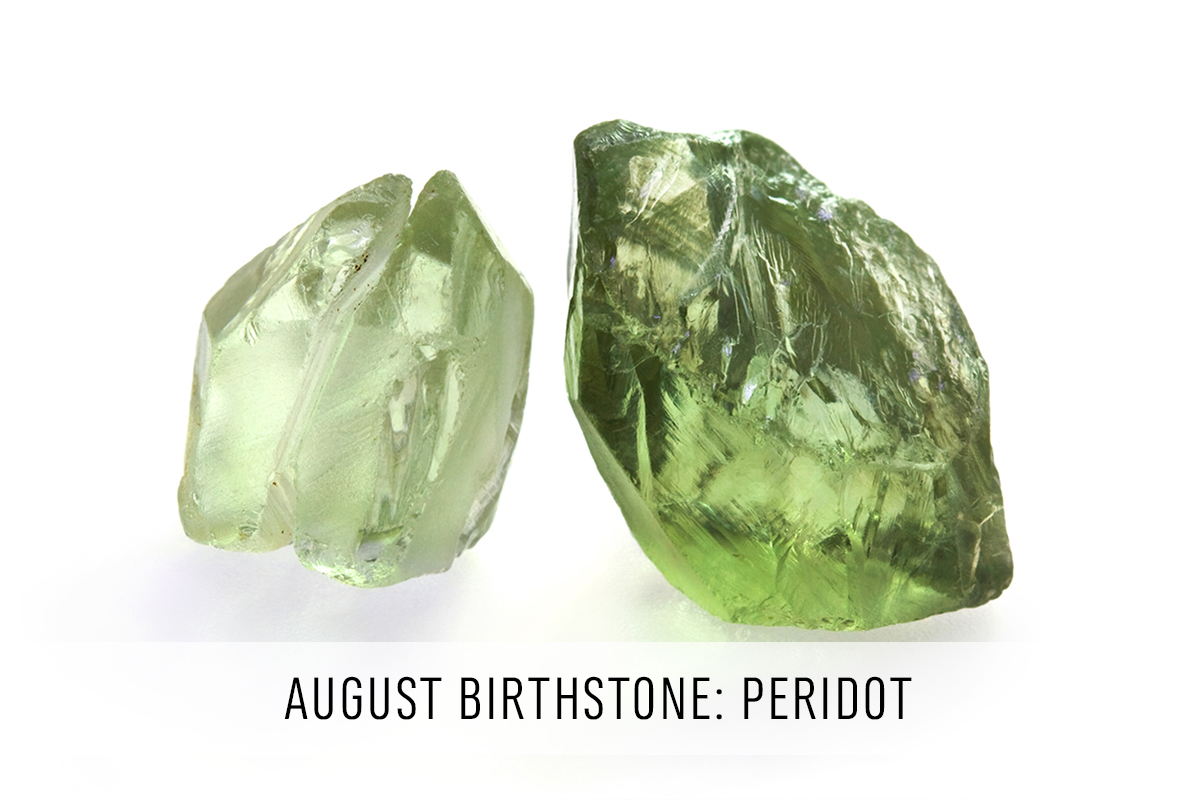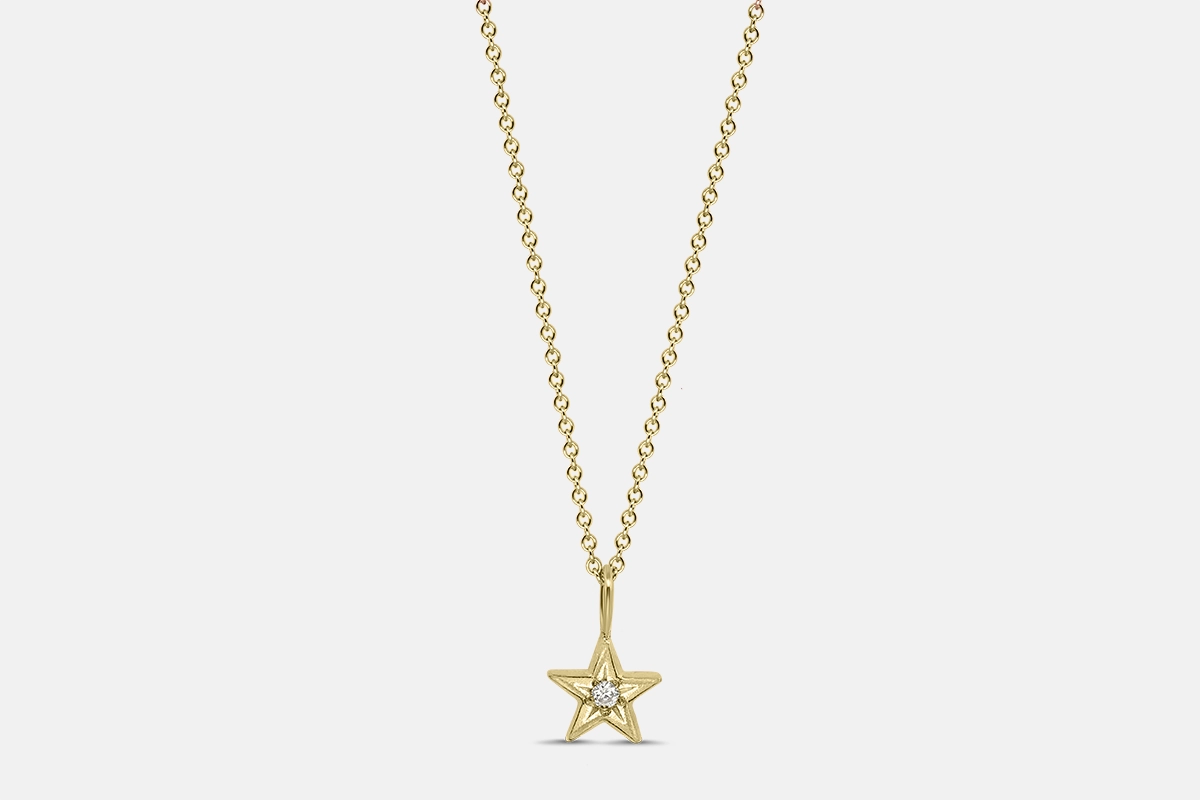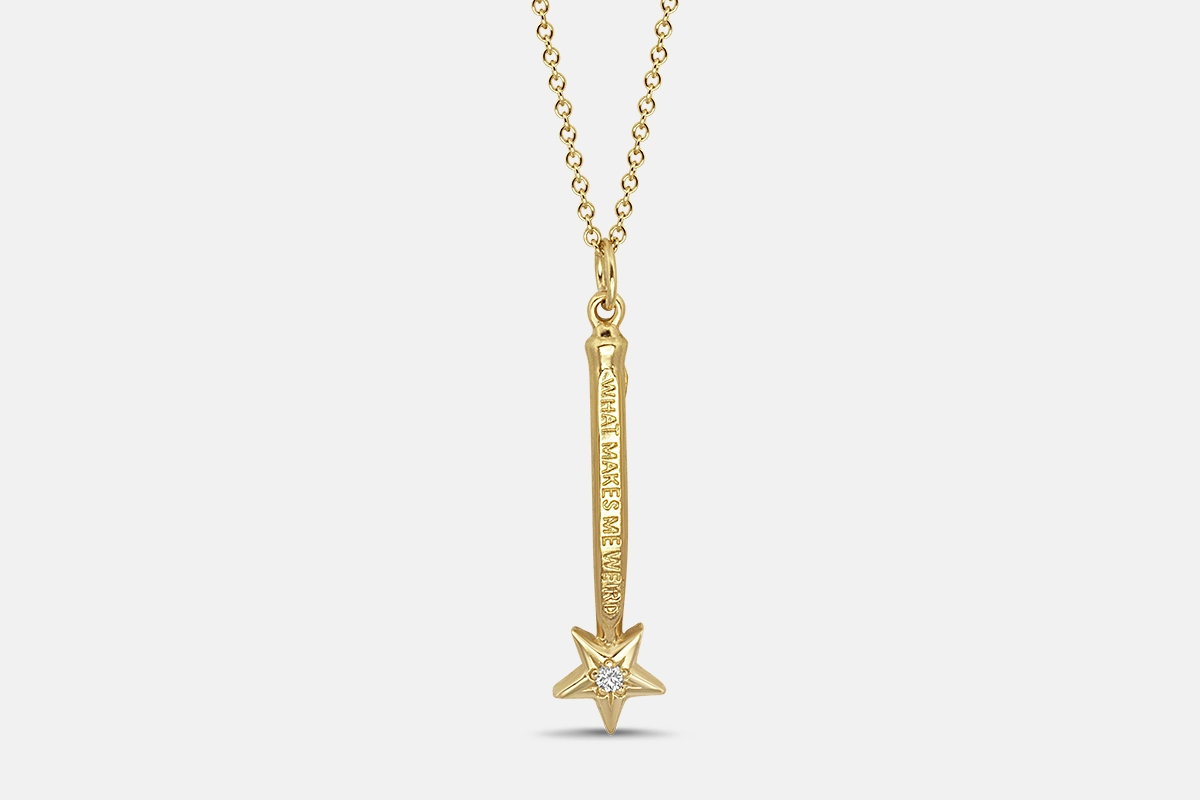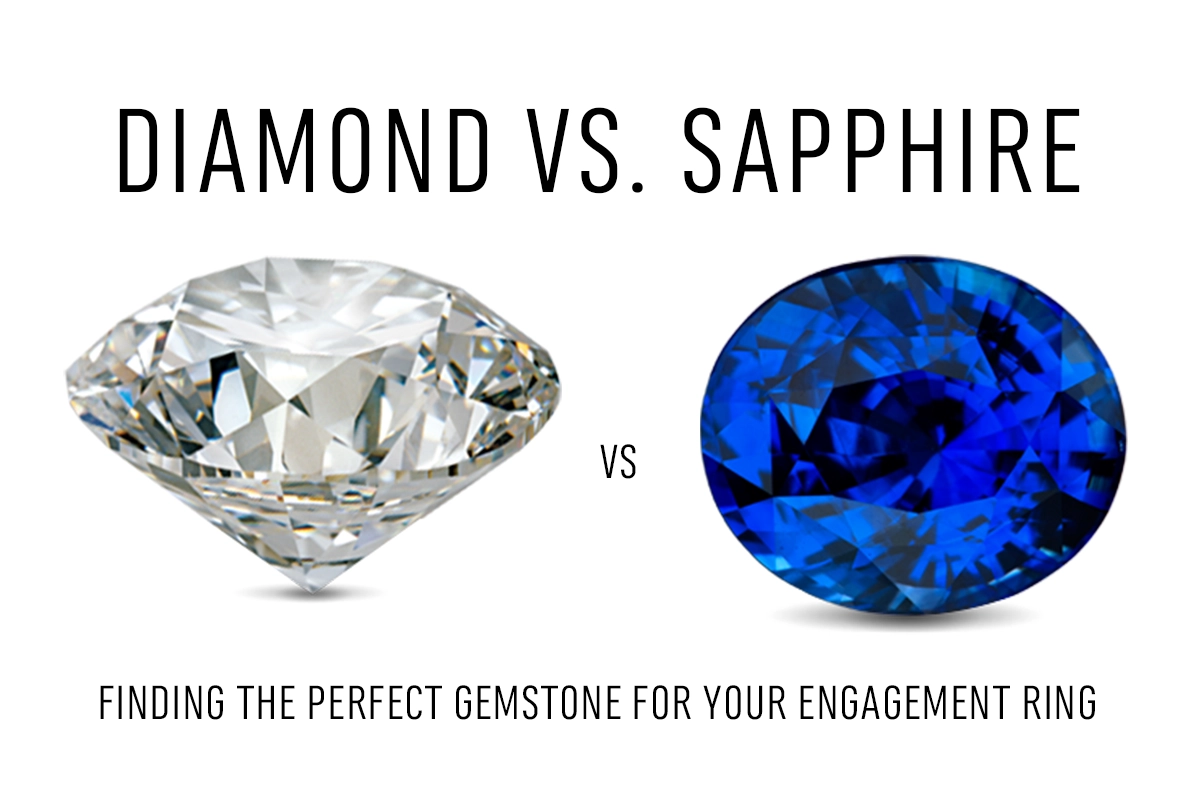
Peridot has a rich mythological history, most likely because of the way this gemstone is formed. Whether it bursts forth from the earth’s core in a volcanic eruption, or crashes to earth at the heart of a meteorite, peridot is a stone of extremes.
The radiant, yellow-green peridot is often overlooked or seen as a third tier gem: abundant and fairly affordable. Its popularity has waxed and waned throughout the ages. With this article I hope that the beauty of Peridot will be rediscovered, and you’ll agree with me that peridot is a truly extraordinary gemstone.
In addition to being the birthstone for August, Peridot is also the traditional gemstone for the 16th wedding anniversary.
Table of Contents
Peridot Birthstone History
The name “peridot” is derived from the Arabic word faridat, which translates to “gem.”
According to Greek mythology, peridot was valued for its ability to ward off evil spirits and provide protection for the wearer. It was also believed to possess healing powers and was used for medicinal purposes. The Greeks associated peridot with the goddess Persephone, who was known as the queen of the underworld. It was believed that peridot was only found in the daylight hours because it would disappear at night. The Greeks also associated peridot with the god Dionysus, who was known for his love of wine and parties. They believed that peridot would bring happiness and success to anyone who wore it while celebrating.
Moving on from the Greeks, we delve into the world of Ancient Egyptian Mythology, where peridot was known as the “Gem of the Sun”. The Egyptians believed that peridot had the power to ward off evil and protect against nightmares. They also believed that peridot was connected to the goddess Isis, who was associated with fertility, motherhood, and the cycles of the moon. Peridot was believed to have the power to strengthen relationships and promote love, making it a popular stone for engagement rings and other romantic jewelry.
Today, peridot is the national gemstone of Egypt and is often used in traditional Egyptian jewelry. Its bright green color and association with the sun make it a symbol of life and prosperity.
Peridot’s significance continues far beyond Egypt to Hawaiian culture and mythology. Known as the “tears of Pele,” peridot is believed to be created from the tears of the Hawaiian goddess of fire and volcanoes. According to legend, whenever Pele was upset, she would cry, and her tears would turn into peridot upon hitting the Earth.
The gemstone was highly prized by the ancient Hawaiians and was associated with the power of the volcano goddess. It was believed to have healing powers and was often used in traditional Hawaiian medicine.
Peridot was also popular with Hawaiian royalty, with Queen Lili’uokalani often wearing peridot jewelry. Today, peridot is still highly valued in Hawaiian culture and is used in traditional Hawaiian jewelry and art.
Peridot Birthstone Meaning
Associated with the sun, Peridot drives away darkness – both from outside forces and within.
Born of fire and brought to light by the tremendous forces of earthquakes or volcanoes, this explosive energy removes inner blockages and negative patterns, opening the heart and mind to the possibilities of great success.
Peridot brings inner radiance, helping the wearer recognize their own destiny.
Peridot birthstone Properties
Peridot is a mineral belonging to the olivine group and is composed of magnesium iron silicate. It has a hardness of 6.5-7 on the Mohs scale, making it a suitable gemstone for jewelry that won’t get too much wear (see care instructions for more info).
Peridot’s color ranges from yellow-green to olive to brownish-green, depending on its iron content. The stone is transparent to translucent, and its luster ranges from vitreous to oily. Peridot is also pleochroic, meaning it can display different colors when viewed from different directions.
Commonly found in basaltic rocks and meteoric crystals, peridot is formed deep within the earth’s mantle and is brought to the surface through volcanic activity.
These physical properties distinguish peridot from its similar looking cousin, olivine. While peridot is a type of olivine, it’s the gem-quality version with more refined and intense colors. Olivine is commonly found in igneous and metamorphic rocks and tends to have a more olive-green color that is less intense than peridot.
Peridot birthstone Care
Peridot is softer than some of the more precious gemstones, like diamond or sapphire, so it’s not suitable for any jewelry that will receive hard use (like a ring you wear every day).
But, with a little extra care, peridot can last a long time.
Make sure you take off your peridot rings when you’re doing anything with your hands (gardening/sports), or coming into contact with chemicals (cleaning solutions). I also recommend removing all jewelry when swimming or at the spa.
Peridot is quite easy to clean. Soaking in a bit of warm, soapy water before brushing with a clean, soft bristled brush, is all that’s needed to keep your peridot stones sparkling and beautiful.
Do not use ultrasonic or steam cleaners, as thermal shock can damage your peridot. No harsh cleaning solutions should ever be used as they can etch the surface of your stone.
Store your peridot jewelry in a soft pouch or lined box taking care not to let it rub against other gemstones.
Shop August Birthstone Jewelry: Peridot
-

Lucky Star Pendant – 14k Gold
$900.00 Select options This product has multiple variants. The options may be chosen on the product page -

Weird Magic Wand Pendant – 14k Gold
$1,500.00 Select options This product has multiple variants. The options may be chosen on the product page -
 Sold Out
Sold OutBirthstone Totem Pendant – 14k Gold
$900.00 Select options




